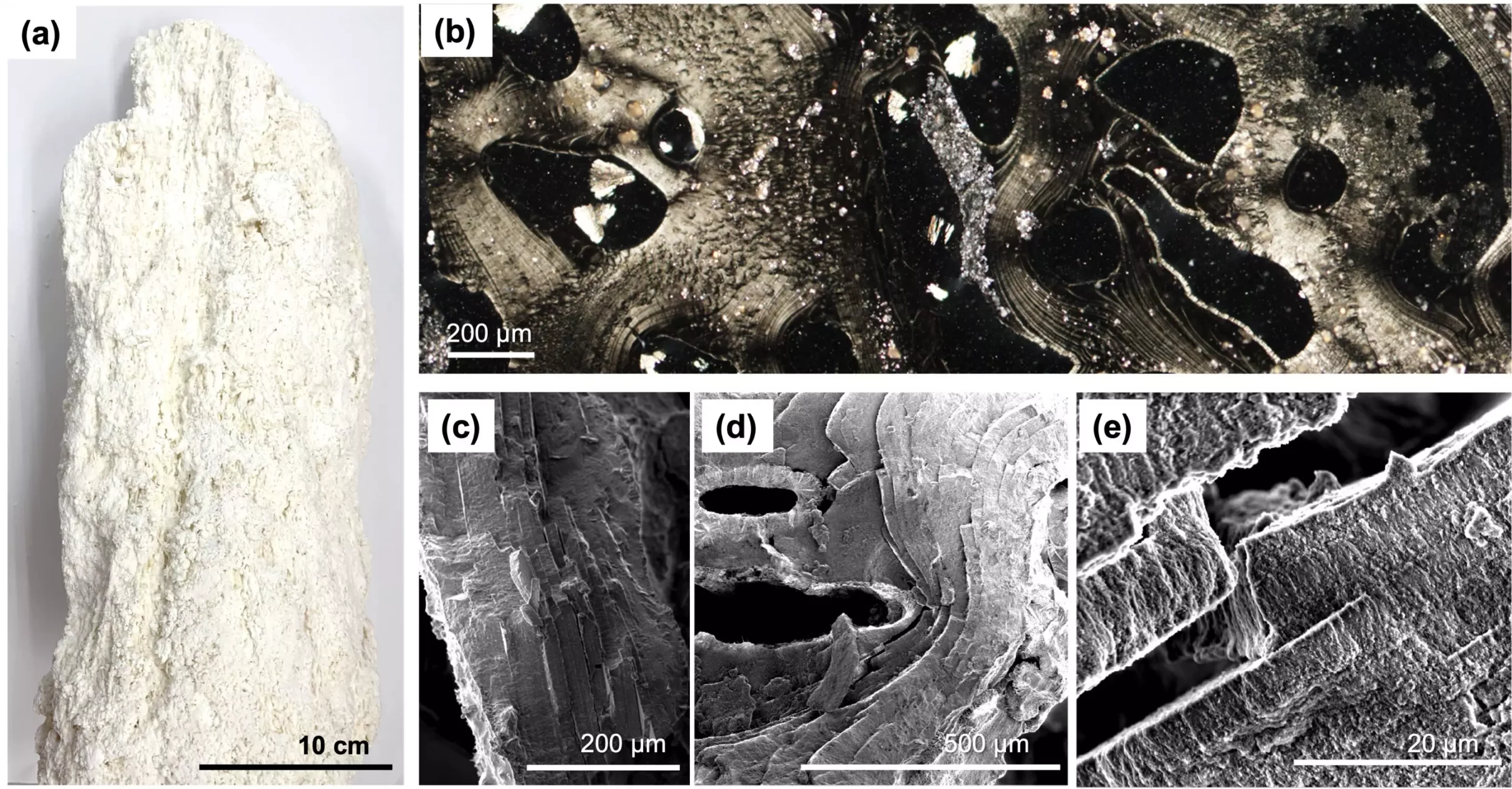In a remarkable investigation, researchers led by Ryuhei Nakamura from Japan’s RIKEN Center for Sustainable Resource Science and the Earth-Life Science Institute at the Tokyo Institute of Technology have uncovered compelling evidence suggesting that deep-ocean hydrothermal vents could be pivotal for understanding the origins of life. This groundbreaking study, published in Nature Communications, showcases the discovery of inorganic nanostructures that resemble the biological processes essential for life as we know it.
These fascinating nanostructures exhibit properties akin to selective ion channels, contributing to the conversion of osmotic energy into electricity. What makes this discovery particularly riveting is less about examining life itself but rather understanding how life’s building blocks may have formed through abiotic processes.
The Environment of Hydrothermal Vents
Hydrothermal vents, often dubbed the “cradles of life,” are found on the ocean floor where hot seawater interacts with magma, leading to a series of complex geological processes. As seawater trickles through the Earth’s crust, it becomes rich in dissolved minerals. When this heated mineral-laden water meets the frigid depths of ocean water, it triggers precipitation of solid minerals along the vent walls. This unique environment boasts not only minerals but also thermal energy, which could have been conducive to the early chemical reactions that gave rise to life.
At the depths of these vents, where light is scarce but heat and mineral wealth prevail, the possibility of primitive life forms thriving is tantalizing. Nakamura and his team chose to focus their study on serpentinite-hosted hydrothermal vents, which display intriguing mineral precipitation patterns consisting of metal oxides, hydroxides, and carbonates. These layers formed through complex geological interactions provide insights into potential pathways for the emergence of life on Earth.
Nakamura’s team set their sights on the Shinkai Seep Field situated within the Mariana Trench, a location characterized by extreme depths of nearly 5,743 meters. Here, they collected samples rich in brucite—a mineral that became key for their analysis. Microscopic examinations revealed column-like formations of brucite crystals that function as nanopores, essentially acting like tiny highways for vent fluid.
The real surprise emerged when researchers identified electrical charges distributed across the surface of these mineral formations. Such variation in charge—positive or negative—indicates an ability to facilitate ion movement, resembling the behavior of voltage-gated ion channels found in living organisms. This ability to convert osmotic energy in a geological setting poses revolutionary implications for our understanding of energy conversion mechanisms and the potential for life to arise under different planetary conditions.
Implications for Bioenergetics and the Origin of Life
The study reveals that the mechanisms utilized by modern biological systems, such as osmotic energy conversion, may not be exclusive to living organisms. Test results showed that the conductivity of the nanopores was dependent on their local ionic environment; salt concentration influenced ion transport behavior, leading to a striking comparison with biological systems. At times, these nanostructures selectively allowed certain ions to pass through while restricting others, which is critical for the homeostasis observed in cellular environments.
In light of these revelations, Nakamura emphasizes the broad implications of these findings on our understanding of life’s origins. The discovery of spontaneously formed ion transport channels within deep-sea hydrothermal vents elucidates how simple chemical systems may have begun yielding complex life forms. The notion that life could arise from non-living matter under the right geological conditions reinforces the importance of exploring not just our planet but other celestial bodies as well.
Beyond the philosophical implications of the origin of life, the research also holds practical promise. Current technologies that harness “blue energy,” acquired from salinity gradients between seawater and freshwater, could benefit immensely from understanding how nature constructs such ion channels. Nakamura suggests that insights into the spontaneous structures found in hydrothermal vents could inspire the creation of synthetic systems designed to harvest energy efficiently.
As we continue to delve into the mysteries of our planet’s deepest oceans, this research not only enriches our comprehension of life’s beginnings but also presents innovative possibilities for energy generation. By bridging the disciplines of geology and bioenergetics, this groundbreaking work opens new avenues for industrial applications while simultaneously probing the fundamental questions about our existence.


Leave a Reply